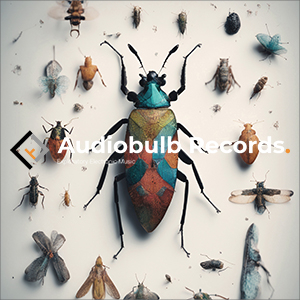Kinishba stands strong as a new creation with elements of today together with so much to remember from our complex human history.

Pulsing with strength and more vocalisms
Music is a very sacred way of honoring the ones of the past, and a way of embracing the present, with all manner of percussion, vocals, flutes, electric guitars, synthesizers and programming by Deborah Martin & Erik Wøllo, with precious recordings of Edgar Perry, Red Eagle, Prince George, Alfredo Way, and Leno Edwards. To add authentic atmosphere there were many field recordings of natural sounds such as meadowlarks, river sounds, and insect sounds, which bring to the electronics a very inclusive perspective.
The ghost herself sings of her situation, she is our guide, and within the mix comes the blending of other voices and beats of another time. “Burial Ground” (5:42) evokes these feelings with sparse instrumental support, joining the Apache Gaan (Crown) Dancer songs and then returning back to the ghost guide in her resting place, and then back to the grandfathers and their beats. The dead are always close by, forever resting in this holy land.
“Creation Story” (5:18) combines a voice and beat from another time, our guide brings together the pulse of life energy and meaning with the instrumental drones which wash over all. The physical location known as Kinishba was discovered by the Apache back in their day as a few crumbling old brick structures linked to many influences from Mogollon and Anasazi cultures. Hopi oral traditions speak of Kinishba as the place of abundant snakeweed, and the place is known by some descendants of Apaches as the Brown Houses. The track “Kinishba” (5:50) suggests wind and birds in a wooded area, with the modern instruments and perhaps the sounds of some amphibians from a marsh. The song is sung with its beat, more life emerges from the rare desert wetlands, the song deepens up yet more with amazing hand percussion.
Starting with a low beat suggesting night songs from the world outdoors, “Voices of Nature” (3:50) is rich with innovative vocalisms sung with a powerful confidence. This combination continues with “Fort Apache Meadowlarks” (5:33), the song has a beat with lots of shakers and other hand percussion instruments, the guitar soars and the heart cries, whistling within the fellowship of these birds.
The beat is the heart, pulsing with strength and more vocalisms, the “Heart of the Warrior” (4:53) brings new energy for the battles ahead. The beat is essential, sometimes quietly clearing and opening up into the historic recordings of these voices and the remaining stones of the old village, “Prayer Song” (4:40) features so many voices from the past, conveying a haunting truth through the echoes from moments long past which are honored here today.
The grandfathers sing as we solemnly walk on the earth ::
Prince George plays the Navajo cedar flute, and Red Eagle plays the mouth bow, leading the way upon “Natures Paths” (5:13), the singer guide joins in creating a sense of entrancing repetition. It is clear that our guide can help us understand the knowledge, gathering life and the grandfathers sing as we solemnly walk on the earth, in awe of the “Mountain Spirit” (5:42). This path goes on forever, our planet has its journey of the sun, “Life Spiral” (5:35) acknowledges the circular movements of the four seasons, the rotating of the earth, always invoking the great spirit, keeping the traditions of the water, earth, sky, sun, and air around us.
Heard here are vocals, with rare performances on the mouth bow, rainstick, Mayan medicine belt, Taos drums, turtle rattle, Roland V-synth, steel tongue drum, ocarina, electric guitars, woodblock, Apache basket, straw whistles, garden weasel, Pueblo shaker loops, Navaho cedar flute, tambourine, goatskin shakers, and probably some other stuff too. Mastered by Howard Givens at Spotted Peccary PNW Studios, Kinishba is available as a CD, as well as for streaming and downloading, including high resolution studio master formats. The cover art is by Elisabeth Østensvik, the album’s bold and engaging graphic design and 24 page multicolor booklet is by Daniel Pipitone, at the Spotted Peccary Studios NE.
There is a challenge in bringing together different cultures and different times. Accepting this risk is important today as we realize the inevitable loss of the past, with its understanding of the constant presence of life here on Earth. Kinishba stands strong as a new creation with elements of today together with so much to remember from our complex human history.
Kinishba is available on Spotted Peccary Music. [Bandcamp | Site]






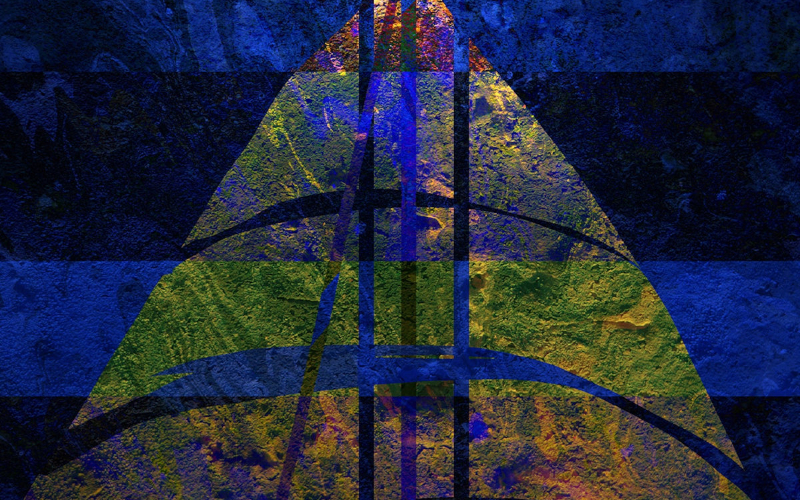
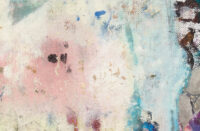
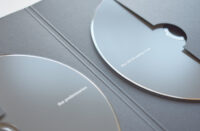


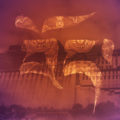

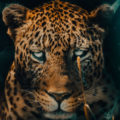
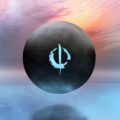
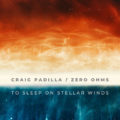
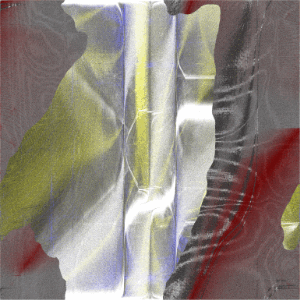
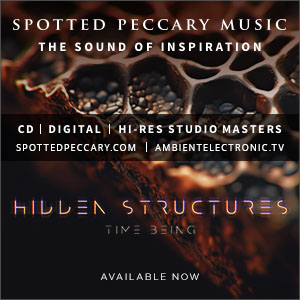
![Pole :: Tempus Remixes (Mute) — [concise]](https://igloomag.com/wp/wp-content/uploads/2025/04/pole-tempus-remixes_feat-75x75.jpg)






![Hasbeen :: Bunker Symphonies II (Clean Error) — [concise]](https://igloomag.com/wp/wp-content/uploads/2025/04/hasbeen-bunker-symphonies-ii_feat-75x75.jpg)
